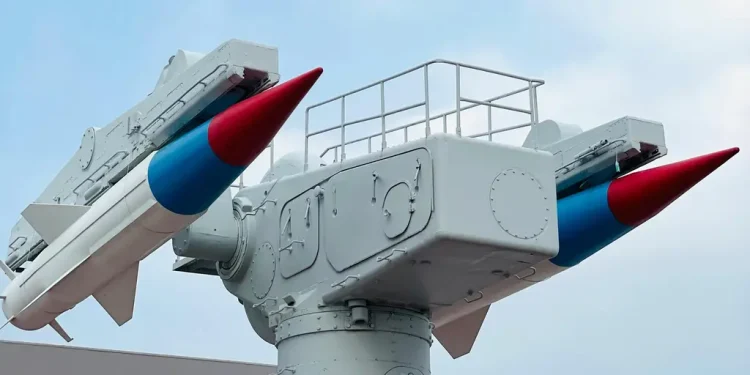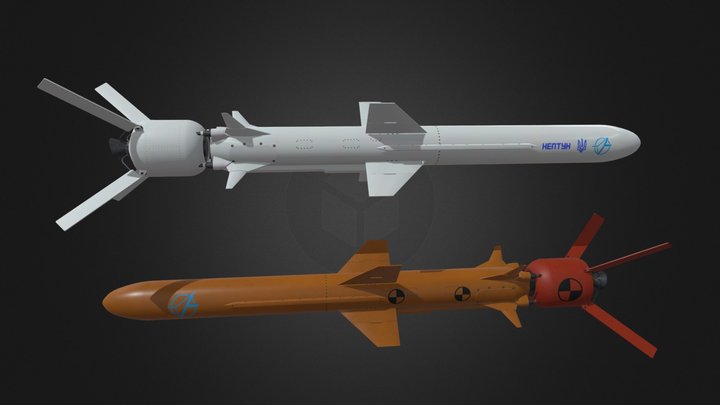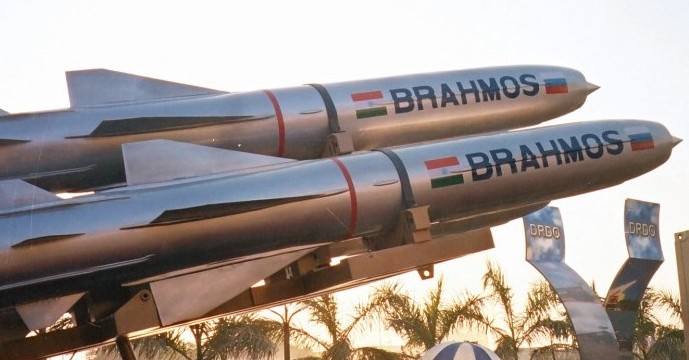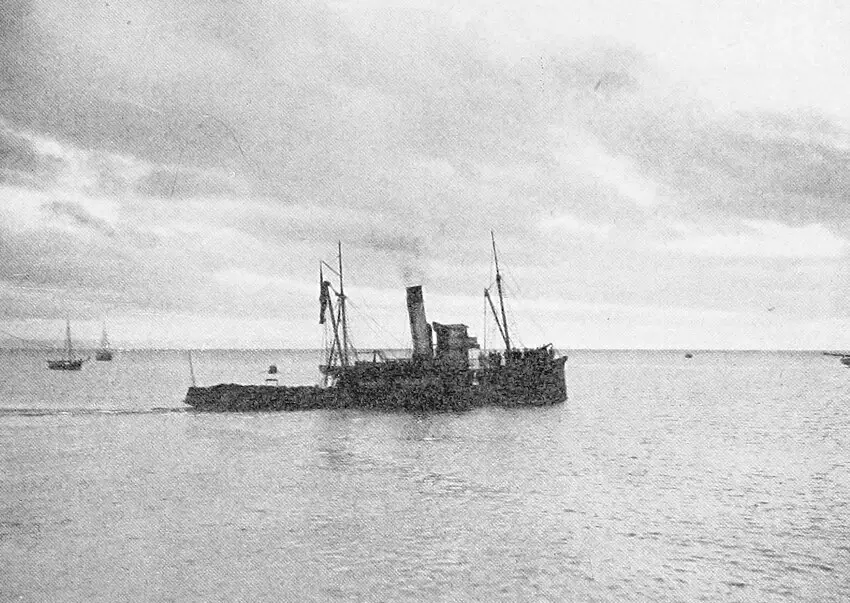Rockets have always fascinated mankind, symbolizing our urge to explore the unknown and push the boundaries of what is possible. Over the years, we have seen numerous advancements in rocket technology, leading to the development of incredibly powerful rockets capable of carrying heavy payloads into space.
The Saturn V
One of the most iconic and powerful rockets ever built is the Saturn V. Developed by NASA in the 1960s, the Saturn V was used in the Apollo and Skylab programs, and remains the only launch vehicle to carry humans beyond low Earth orbit. Standing over 363 feet tall, the Saturn V generated a staggering 7.5 million pounds of thrust during liftoff, making it the most powerful rocket in history.
The Space Launch System (SLS)
As NASA prepares for its return to the moon and eventual Mars missions, the Space Launch System (SLS) has been developed as the most powerful rocket ever built. With a planned thrust of over 8 million pounds, the SLS will surpass the Saturn V in terms of power and payload capacity. Its first test flight is scheduled for 2021, and it is set to play a crucial role in future deep space missions.
Falcon Heavy
SpaceX’s Falcon Heavy rocket has gained significant attention in recent years for its impressive capabilities. With the ability to lift over 64 metric tons to low Earth orbit, the Falcon Heavy is one of the most powerful rockets currently in operation. Featuring reusable boosters, the Falcon Heavy offers a more cost-effective way to access space compared to traditional rockets.
Comparison of Powerful Rockets
| Rocket | Thrust (lbs) | Payload to LEO (metric tons) |
|---|---|---|
| Saturn V | 7.5 million | 140 |
| SLS | 8 million | 95+ |
| Falcon Heavy | 5.1 million | 64 |
The development of powerful rockets is essential for the future of space exploration, enabling us to reach further into the cosmos and accomplish ambitious missions. Whether it is the historic Saturn V, the upcoming SLS, or the innovative Falcon Heavy, these rockets represent the pinnacle of human ingenuity and engineering.









